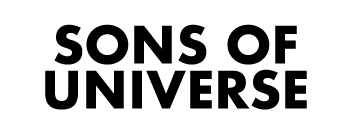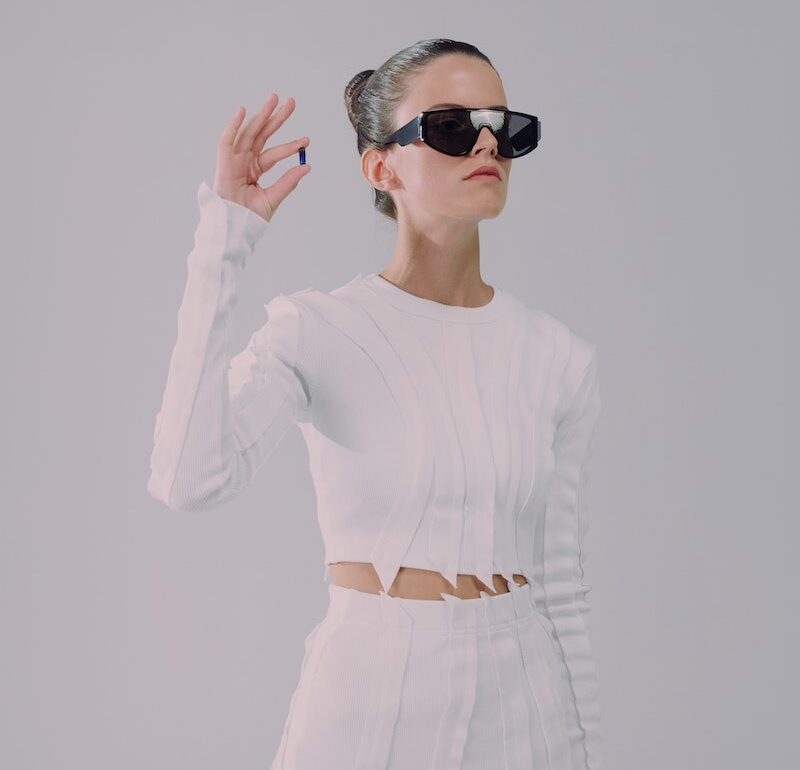Using positive thinking to treat yourself is possible, but the placebo effect is more than that.
When given the opportunity, your mind may be a tremendous healing instrument. The idea that your brain may trick your body into thinking a phony therapy is the genuine thing — the so-called placebo effect; and therefore stimulate recovery has been around for millennia.
Science has found that a placebo can work just as well as standard treatments when the right conditions are met.
If the brain expects that a treatment will work, it sends healing chemicals into the bloodstream, which facilitates that. That’s why the placebo effect is so powerful for every type of healing. And the opposite is equally true and equally powerful: When the brain expects that a therapy will not work, it doesn’t. It’s called the “nocebo” effect.
Bruce H. Lipton
“The placebo effect is more than just believing that a therapy or procedure will work. It is about strengthening the connection between the brain and the body and how they interact “Professor Ted Kaptchuk of Harvard-affiliated Beth Israel Deaconess Medical Center, who studies the placebo effect, agrees.
Placebos will not help you lower your cholesterol or shrink a tumor. Placebos, on the other hand, function on symptoms modified by the brain, such as pain perception. “Placebos may make you feel better, but they will not cure you,” Kaptchuk explains.
“They have been demonstrated to be most beneficial for illnesses such as pain management, stress-related sleeplessness, and side effects of cancer treatment such as exhaustion and nausea.”
Side note, if you’re fascinated by self-development and personal growth, check out these facts about self improvement many people ignore.
The placebo effect: a sign of failure or success?
For many years, a placebo effect was regarded as a symptom of failure. A placebo is most commonly employed in drug studies in clinical trials to examine the effectiveness of therapies.
For example, one group receives the active drug, while the other receives an inactive drug, or placebo. The clinical study participants have no idea whether they are receiving the real thing or a placebo.
The researchers can then compare how both groups react to see if the medicine works. If they both have the same reaction — whether they improve or not — the medicine is declared ineffective.
However, specialists have lately determined that reacting to a placebo is not proof that a certain medication does not function, but rather that another, non-pharmacological mechanism is present.
The exact mechanism by which placebos work is unknown, but it involves a complex neurobiological reaction that includes everything from increases in feel-good neurotransmitters like endorphins and dopamine to increased activity in certain brain regions associated with mood, emotional reactions, and self-awareness.
Everything has the potential to be therapeutic. “The placebo effect is your brain telling your body what it needs to feel better,” explains Kaptchuk.
But placebos aren’t just for increasing brainpower. You also require a therapy ritual. “There is the full contextual and ritual aspect at work when you look at these studies that compare medications with placebos,” adds Kaptchuk.
“You must visit a clinic at specific times and be evaluated by medical personnel wearing white coats. You are given weird medicines and subjected to strange treatments. Because you believe you are receiving attention and care, all of this can have a significant impact on how your body perceives symptoms.”
Make a placebo for yourself.
Placebos frequently work because people are unaware they are receiving one. But what if you are aware that you are receiving a placebo?
Kaptchuk’s study, published in Science Translational Medicine, investigated this by assessing how participants reacted to migraine pain medication.
One group received a migraine medication labeled with the drug’s name, another received a placebo labeled “placebo,” and a third group received nothing. The placebo was shown to be 50% as effective as the genuine medicine in reducing pain after a migraine attack by the researchers.
The researchers hypothesized that the simple act of swallowing a tablet was a driving force beyond this reaction. “People equate taking medicine as having a favorable healing effect,” explains Kaptchuk. “Even if they are aware that it is not medication, the act itself can stimulate the brain into believing that the body is being cured.”
Aside from taking a phony medicine, how can you give yourself a placebo? Self-help strategies are one option. “Participating in good living rituals — eating correctly, exercising, yoga, quality social time, meditating — definitely supplies some of the basic ingredients of a placebo effect,” adds Kaptchuk.
While these activities are beneficial in and of themselves, the level of attention you devote to them might increase their effectiveness.
“The attention and emotional support you offer yourself is not always easy to quantify, but it can help you feel more at ease in the world, which can go a long way toward healing.”
Your brain & the placebo
A study published online by PLOS Biology may have pinpointed what goes on in the brain during a placebo effect. The brains of persons suffering from knee osteoarthritis were scanned using functional magnetic resonance imaging.
The participants were then given a placebo and had another brain scan. The researchers discovered that those who had pain alleviation had increased activity in the middle frontal gyrus brain region, which accounts for around one-third of the frontal lobe.
Examples of The Placebo Effect
A fairly brutal experiment was carried out at Harvard University in the 1950s…
Dr. Curt Richter (the experiment’s chief researcher) placed rates in a pool of water to see how long they could treat water…
After around 15 minutes, the rats would give up and sink!
Dr. Curt Richter did something different after creating this baseline…
He returned more rats to the water… but just when they were about to give up due to exhaustion, the researchers would pluck them out, dry them off, let them rest for a few minutes – and then return them to the water for a second round.
Now comes the interesting part…
How long do you think they lasted the second time?
Remember, they had just swum to exhaustion a few minutes before being dried off and resting for a few minutes…
…how long do you think they’d last in the water the second time?
15 minutes more? Perhaps 10 minutes? Or, 5 minutes?
The true answer…
3600 minutes (or 60 additional hours!)
That is not an error… the rats treaded water for more than 60 hours!
The conclusion taken from this harsh experiment was that because the rats now BELIEVED they would be rescued, they were able to push their bodies far beyond what they had previously thought impossible.
Which leads me to today’s email’s subject: the power of believing!
Our belief, like the rats in this study, has a significant impact on our performance and success…
The placebo effect is likely the most well-known example of this; believing something is genuine causes palpable, visible biological / psychological changes in your brain and body!
How to Use a Placebo on Yourself (to Your Advantage)
Meanwhile, Dr. Ted Kaptchuk, director of the Harvard Medical School placebo program, explains how you can profit from the placebo effect and get the most out of any treatment you receive:
- Make sure your doctor is providing you with the assistance you require. The placebo effect has demonstrated the importance of a supportive doctor-patient relationship. Consider switching doctors if you aren’t getting the assistance and attention you require.
- Accept that it may be “in your head,” but there is nothing wrong with that. Behind the subjective experience of feeling better are real changes in brain chemistry that we are only now learning about.
- Look for treatments in which you have faith. Expectations that an intervention will benefit raise the likelihood that it will.
- Maintain a healthy skepticism. Quacks and charlatans might use the placebo effect to sell therapies that are ineffective or even hazardous, preventing patients from receiving necessary care.
Many doctors ignore the placebo effect, but a recent study published in the journal Nature Human Behavior discovered that patients can detect small facial cues from doctors that show the doctor’s trust in the efficacy of a treatment. This can have a significant impact on the patient’s treatment outcome.
“We ran several more experiments to assure ourselves it wasn’t a fluke,” says Dartmouth University’s Luke Chang, the study’s principal author. “I’m impressed by how strong the effect appears to be.”
The placebo effect is a thorn in contemporary medicine’s side. Researchers can’t show that new treatments are more effective than letting nature take its course because of an inconvenient truth. However, the placebo effect is unavoidable. It’s something to celebrate because it demonstrates that the body is equipped with intrinsic self-repair processes that have the ability to heal.
Dr. Frank Lipman, a functional medicine expert in New York, agrees.
How to get a placebo effect on yourself? Run this test
It’s an awesome “brain hack” you can use this to increase your productivity, enjoy a quick energy boost, activate fast relaxation, get motivated to exercise, reduce your food intake, and more.
It’s all based on the power of the Placebo Effect, and how you can use it to “trick yourself” to success.
Honestly, I’m sure you’ll love it. Click here to watch




